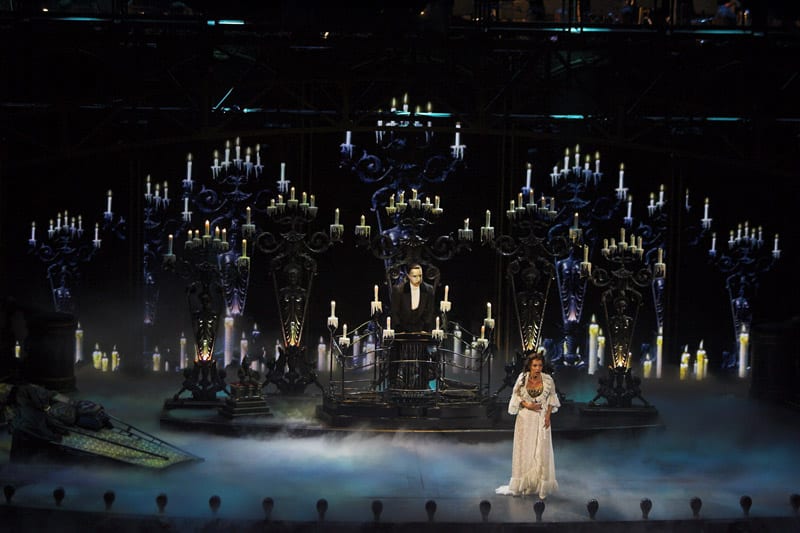By Walter Benjamin [1]
A reader of a chapter like this would not expect that what they are actually reading was written in 1935. Walter Benjamin is occupied with the reproduction of a work of art from its primitive ages (Ancient Greece) until, maybe even, now.
Trying to avoid adding many quotes, I will try to rephrase and debate some of his arguments, based only on my thoughts.
As far as we are concerned, there is nothing manmade in this world that it cannot be reproduced. So, it is not a surprise that people from ancient times tried to make more quantity of things (printing, lithography and then photography).
The subject of this chapter is how this reproduction can lower the value of a work of art, its quality – not quantity, with Benjamin saying that a copy lacks “its presence in time and space”, that is its history and everything that goes along with it, eg physical condition, ownership, tradition.
However, let me give you an example that will help us move one easily further this chapter.

In 1986, Andrew Lloyd Webber adapted the very famous novel “The Phantom of the Opera” into a musical play. Since then it has been re-performed and re-performed by many people around the world. Is the first performance the same with the last one? Definitely not. It does not include the same cast, maybe the same theatre, the settings, the orchestra, the director. But, it gives the audience the same entertainment and message, as it includes the same story, plot, music and songs (the content). There are many more examples that we could use in the same sense, such as the Martha Graham technique or the Pina Bausch works.

I mentioned this example because of Benjamin’s saying: “The situations into which the product of mechanical reproduction can be brought may not touch the actual work of art, yet the quality of its presence is always depreciated”. He is talking of “mechanical reproduction”, when I am referring to simple artistic reproduction, trying to move it towards dance and choreography.
Of course, if a painting was mechanically reproduced,
it wouldn’t have the same value with the original.
That means that some works of art cannot be reproduced or they will lose their tradition; their aura. Aura, defined by Walter Benjamin, is the unique aesthetic authority [2] of an object, which is based on its ritual. Consequently that means that “mechanical reproduction emancipates the work of art from its parasitical dependence on ritual”.
As much as I would like to argue if this a good or a bad thing, I will not. Each form and work of art have a very different function, purpose or aesthetics. This could begin a huge debate on why reproduction cannot be tradition, or, if reproduction can be tradition, how can a form or work of art evolve and become a modern form of art?
“In all the arts, there is a physical component which can no longer be considered or treated as it used to be,
which cannot remain unaffected by our modern knowledge and power”Paul Valery

The truth is that, art has always been trying to create something new, something that people do not know that they want, something that they will understand they want after they have seen and experienced it. So, art, based on its history, is always trying to evolve (Renaissance, Εnlightment). To accomplish that, its creators reproduce and repeat and slightly change what they want to show, in order to give their own footprint on the art history. Indeed, this would benefit the progress of the art and the emancipation of the original from the copy, without erasing the past art archives.
However, in Western Europe, many forms of art, such as cinema, do not permit the reproduction of their works. The films should remain as they are and can only be touched by their directors. Without the funding and their fame risks, though, they never dare to do that, so they move on to new projects. The films remain copied in a cupboard, but if the last is lost from the archives, it could eliminate its existence in history. This could be the case to many (or all) performing arts.
I would dare to compare this fact to Andre Lepecki’s “Concept and presence: the contemporary European art scene” (2004), where he is referring to the change that choreography has shown since the beginning of the 21st century.
“Traditionally, dance enters economy by escaping its ephemerality through an investment and reliance on precise techniques defined also as signature of a choreographer’s personal style. This practice generates both a system of recognition (…) and of reproduction (each dancer is initiated in a specific technique that allows the choreography to enter into a fixed repertory and be transmitted along generations and across borders with a minimum of variation”, he writes. But, he contradicts, that now the choreographic art project is being challenged at the level of possibility of its reproduction, as it is not relying nor creating a technique, but distancing itself from dance.
Walter Benjamin ends his chapter by showing that the renaissance of art will come only from politics, but since this is not the case after the WWII, I don’t think it matters talking about it.
[1] Benjamin, W. (1977) The Work of Art in the Age of Mechanical Reproduction, in Illuminations. Translated by Harry Zohn. New York, NY: Schocken Books
[2] ibid.